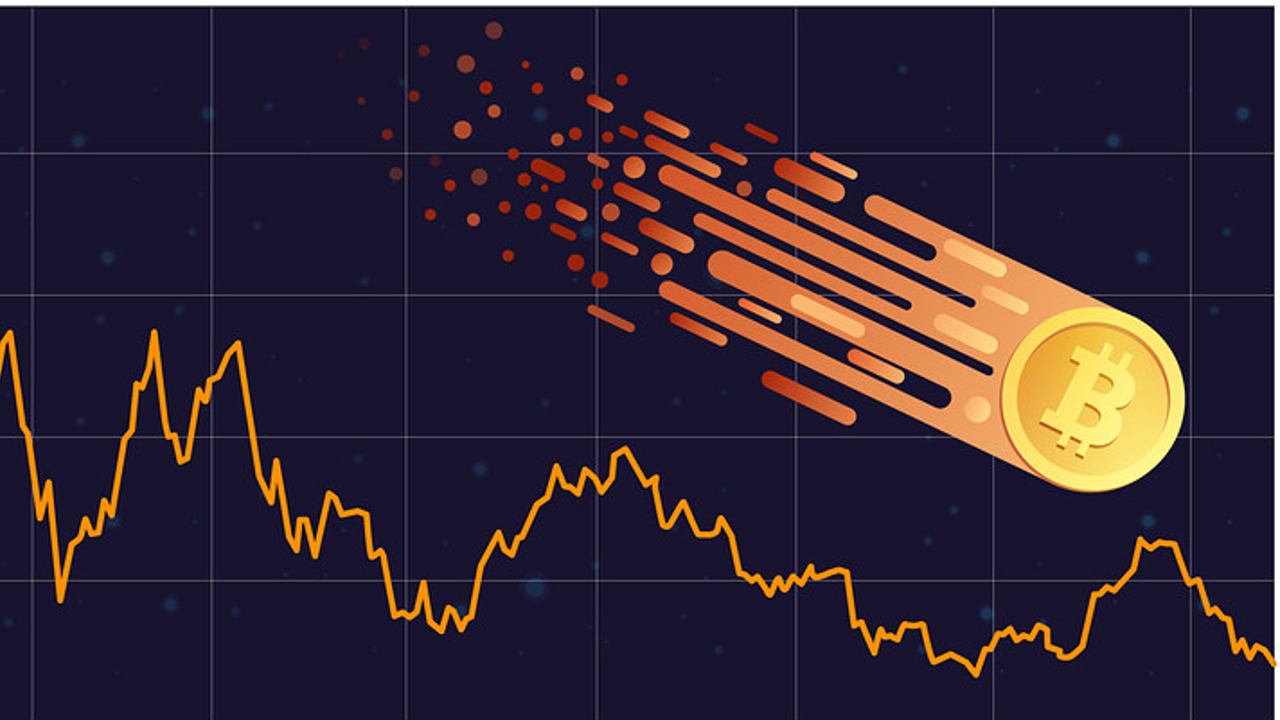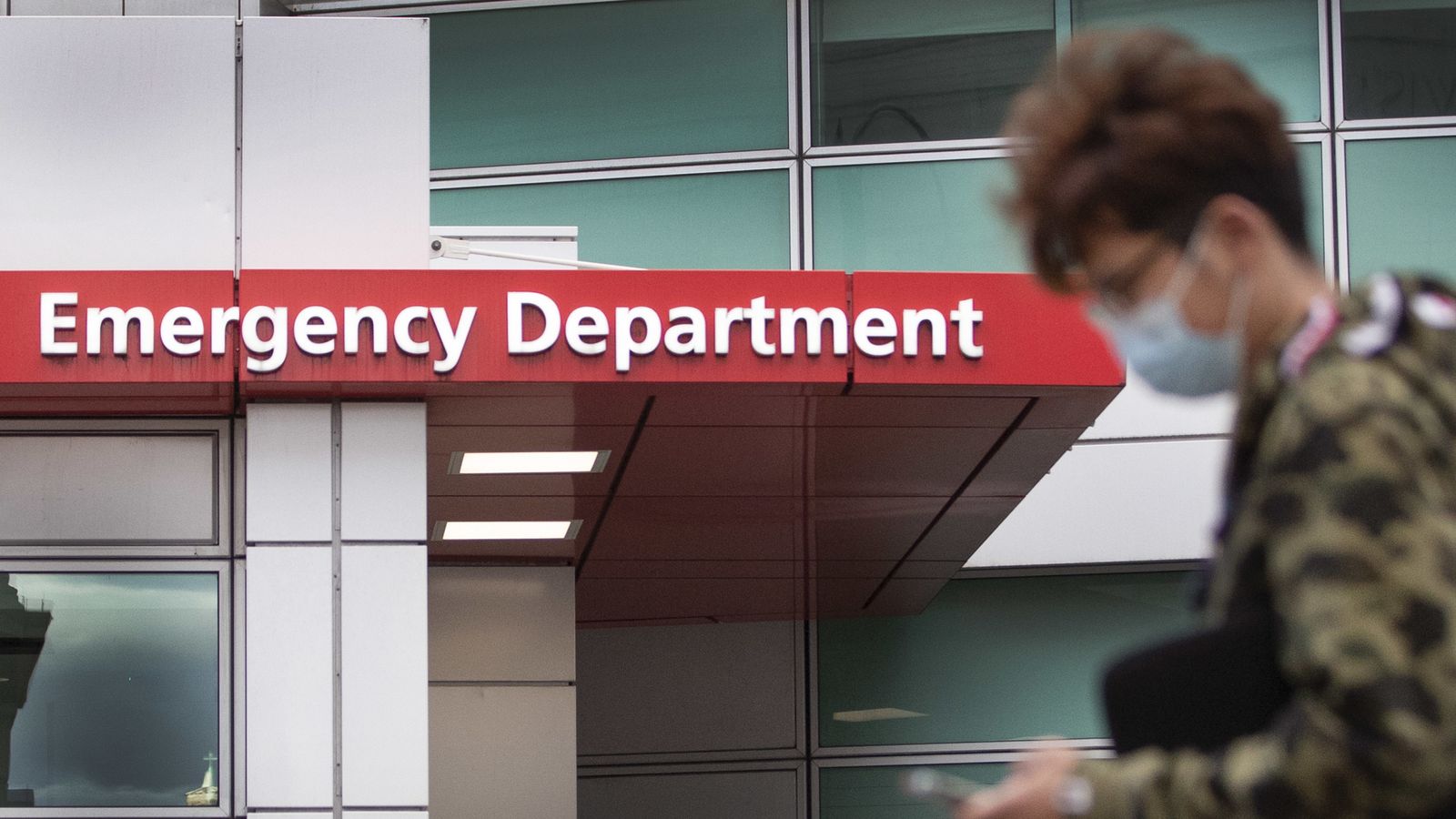One of the world’s most active volcanoes has started to erupt, geologists have said, just weeks after it last stopped spewing lava.
The Hawaiian Volcano Observatory said it has detected a glow in webcam images of the summit crater of Kilauea in the Hawaii Volcanoes National Park in Hawaii’s Big Island.
That suggested it had begun erupting inside Halemaumau crater at the volcano’s summit caldera, the agency said.
A caldera is a large depression formed when a volcano erupts and collapses, National Geographic said on its website.
One of the world’s most active volcanoes, Kilauea erupted for 16 months from September 2021.
In November, it was joined for around two weeks by its larger neighbour, Mauna Loa.
It was the first time in 38 years that Hawaii had two volcanoes erupting side by side, allowing visitors to see lava from both eruptions at the same time.
Even though Kilauea’s summit is inside the park and away from residential communities, a 2018 eruption destroyed more than 700 homes.
Ken Hon, the observatory’s scientist in charge, said the joint eruption “was a beautiful eruption and lots of people got to see it and it didn’t take out any major infrastructure and, most importantly, it didn’t affect anybody’s life.”
Mauna Loa lava did not pose a threat to any communities, but got within 1.7 miles (2.7km) of a motorway connecting the east and west sides of the island.
Please use Chrome browser for a more accessible video player
Earlier on Thursday, the US Geological Survey raised the alert level for Kilauea due to signs magma was moving below the summit surface, an indication the volcano might erupt.
Volcanic events have deep cultural and spiritual significance for native Hawaiians.
During Mauna Loa’s eruption, many locals took part in cultural traditions, such as singing, chanting and dancing to honour Pele, the deity of volcanoes and fire, and leaving offerings known as “hookupu”.
Social media posts on the latest eruption on Friday made reference to Pele returning.






